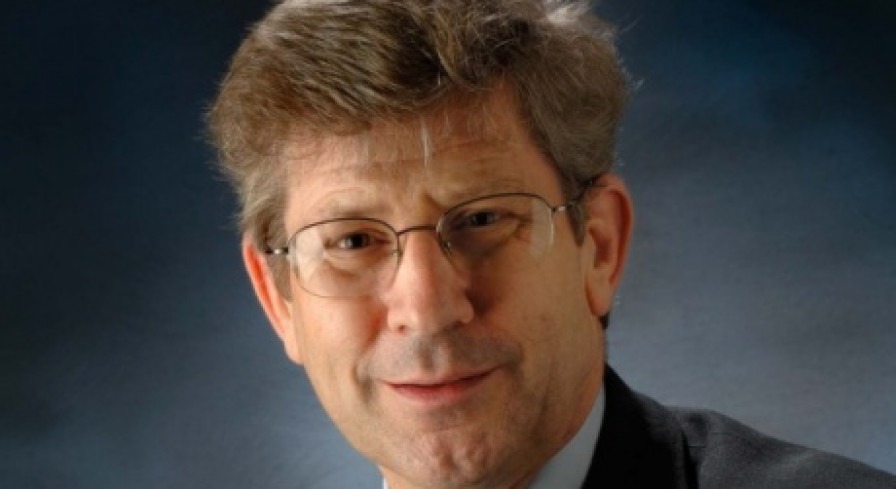53 plus 4 equals 1 (57 varieties or one voice?)

Not sure of the relevance of this? Bear with me and read on.
After a week off at Easter, the ISM conference became the 4th conference I had attended in 5 weeks. There was a small overlap with delegates who had attended the previous three conferences, but once again a committed and passionate group of musicians and music educators met together in the stunning surroundings of Queens’ College Cambridge for the musical equivalent of a gastronomic delight of the highest quality. (Actually the food was great too).
High quality music and stimulating discussions were in evidence everywhere. A fabulous jazz quartet (4) got us off to a brilliant start, followed by panel discussions on the future of music education, audience development and venues (12) with good participation from delegates. An interview with John Rutter by Oliver Condy (2) was entertaining as well as informative. Three new compositions by young composers (3) received their world premiers in the superb acoustics of the college chapel, expertly sung by a very talented group of young singers, (22) ably conducted by ISM’s President, Suzi Digby (1). On day 2 Melvyn Tan (1) led a Messiaen masterclass with another 5 exceptionally talented young musicians and we were treated to the most evocative and moving performance of Quatuor pour la fin du temps by Melvyn on piano, Mark Simpson (clarinet), Jack Liebeck (vioin) and Guy Johnson (cello) (+3).
So why did I decide to blog on this topic?
First because, when I mentioned to colleagues that I was to be President of the ISM (2013/2014), I encountered lots of misunderstandings about what the ISM is and who it is for. Essentially, the ISM champions the importance of music and sets out to protect the rights of all of those working in music. It has members for whom it provides a range of support services, including a register of teachers and bespoke legal and insurance cover. The ISM provides CPD and is a member of the council of subject associations. I could go on, but if you are interested, you can find out more at http://www.ism.org/ .
My second reason follows on from recent blogs in which I have exhorted colleagues to work together for the overall good of music education and lifelong learning – particularly in respect of school aged young people – in and out of school.
In my semi-retirement, I am fortunate to have been able to prioritise the time to attend all of these conferences. Financially, I am also very fortunate to be able to afford to spend time not earning and pay for my own travel, accommodation and conference fees. Both of these are important considerations for colleagues who, by attending conferences are missing teaching or working with the young people, not earning and having to fund themselves or be paid for by cash strapped organisations!
There was a remarkable coherence from the 53 voices at the ISM conference – quality, passion, commitment, inspiration, inclusion, progression etc. And there were similar messages across all four conferences. As a sector we do have a common message. We do speak with a single voice. But too often we still speak alone. Organisations too can work more effectively together for the greater good. That is the responsibility of those leading the organisations. As the current President of the ISM I am one of those leaders and I hereby publicly commit to trying to do this. I look forward to working with other colleagues to the same ends. If you are not already a member of a professional organisation, join one. Use its communications channels to ensure that the leaders stay in touch with the essential work you do on the ground so that we continue to fight for the policies and funding to enable you, through music, to use the power of music to transform lives for the better.
Together we CAN make a difference.
